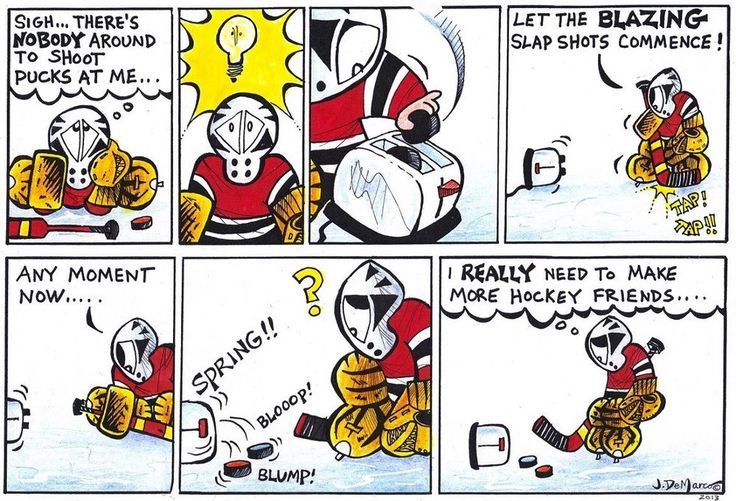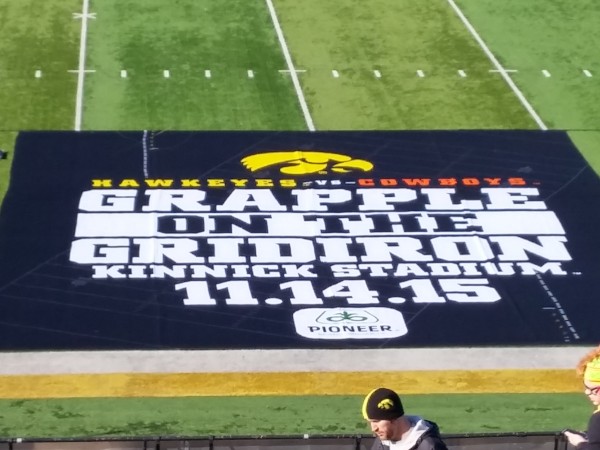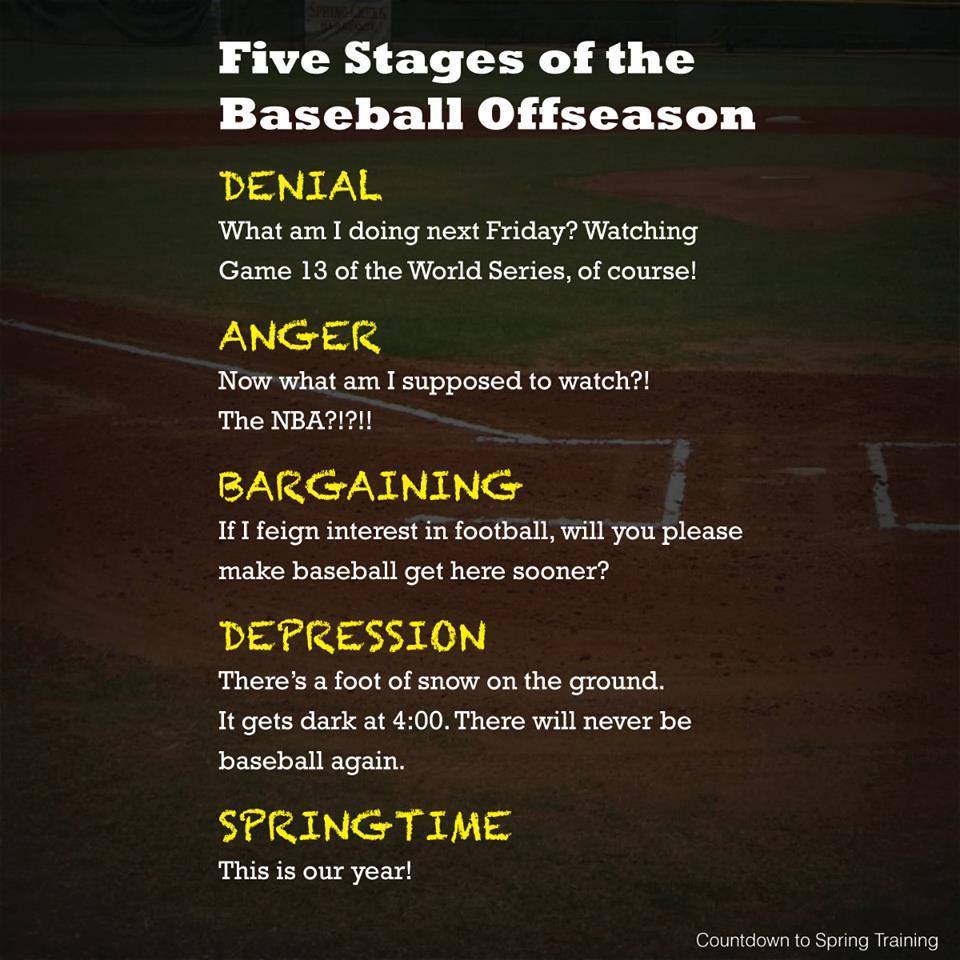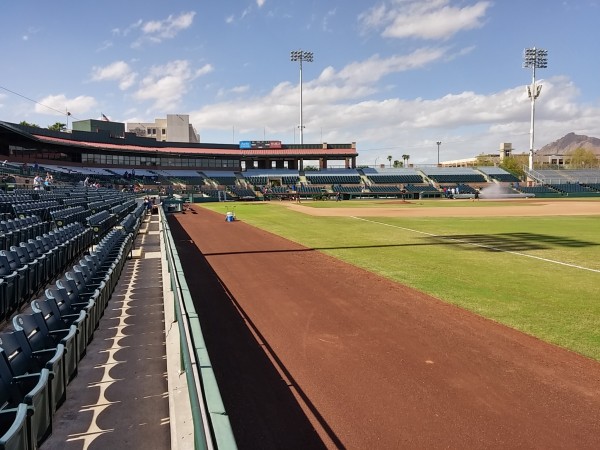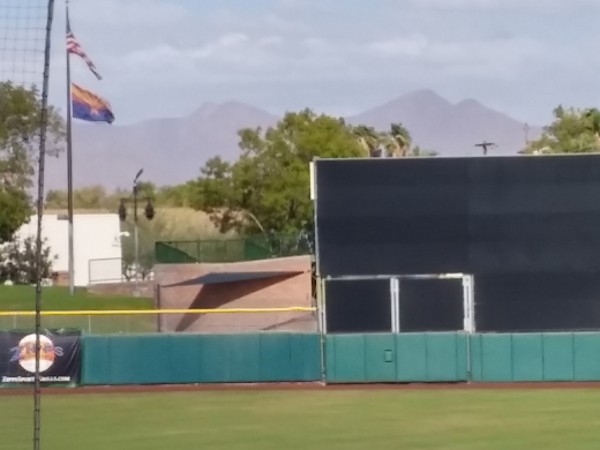Next for Twins Offseason? Hopefully Not Much
Last week, Minnesota Twins General Manager Terry Ryan went back-to-back-to-back making three deals in three days in an effort to improve his club, winning the bidding for the right to negotiate with Korean slugging first baseman/DH Byung-ho Park, trading backup catcher Chris Herrmann for a prospect, which cleared the way for catcher John Ryan Murphy to be added via trade.
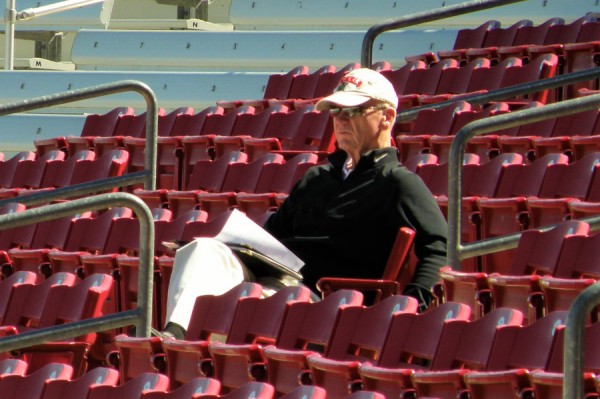
It has been almost a week since the last of those deals was announced, so the question has become, “Now what?”
I felt the catching situation was the most glaring need that had to be addressed this offseason and Ryan & Co. appear to have resolved that situation with the addition of Murphy.
Now, where should the GM turn his focus?
Given the state of the Twins the past four offseasons, it seems odd to say it, but I think Ryan’s offseason work should be about done already.
Let’s take a position-by-position look at where the Twins stand right at this moment, with some thoughts as to how they could still be improved.
Between incumbent catcher Kurt Suzuki and the newly-acquired Murphy, the position appears to be set. If Ryan could find a taker for Suzuki, they could just hand the starting job to Murphy and look for another backup, but that seems highly unlikely.
Joe Mauer is at first base and isn’t going anywhere. The Twins added another first baseman in Park, which was surprising to most of us, so the odds are stacked high against seeing another one added. Kennys Vargas remains on the periphery of the 1B/DH mix and now we’re seeing reports that he could make a good sized payday in Korea or Japan if the Twins are willing to sell his contract.
Brian Dozier will play second base. If the Twins get an offer they can’t refuse for Dozier, Jorge Polanco would likely get his shot at a permanent promotion to the big leagues. It’s hard to imagine the Twins adding someone else to the mix. James Beresford performed well in Rochester, but he’s a minor league free agent again this year and is at least an even bet to sign elsewhere after the Twins didn’t even give him a look in September.
Eduardo Escobar did everything anyone could ask of him at shortstop in 2015 and appears to have given the Twins the stability they’ve lacked at the position since the ill-advised trade of J.J. Hardy to the Orioles. The Twins will also have Danny Santana around as a utility player, should Escobar falter. It’s unlikely the Twins will go looking for another shortstop.
Everyone seems to think that third base is already crowded. Trevor Plouffe is still manning the hot corner, but is looking over his shoulder at the hulking figure of Miguel Sano. This has led many to recommend that the Twins trade Plouffe this offseason and hand the position to Sano.
While that might make sense, providing that Ryan could get fair value for Plouffe on the market (I’m not all that certain would be the case, but it’s possible), making that deal would mean putting all of the club’s third base “eggs” in the Sano basket. That makes me nervous.
Maybe Sano can play third base competently every day, but that’s hardly a certainty. If Plouffe is sent packing, Ryan had better have a reliable Plan B ready to step into the position. With Plouffe gone, who would that be?
There are few internal options that manager Paul Molitor could plug in. Do we want to see Eduardo Núñez as the Twins’ starting third baseman? Polanco and Santana have rarely played the position, even in minor league ball, but maybe one or both could do it.
Could a Plouffe trade be followed by the acquisition of a stop-gap type? Conceivably, yes. The Twins Daily Offseason Handbook projects 37-year-old Juan Uribe to sign a one-year deal for $3 million. That sounds a little high, to me, for Uribe, but if it’s in that neighborhood, it wouldn’t be a bad price for this particular situation.
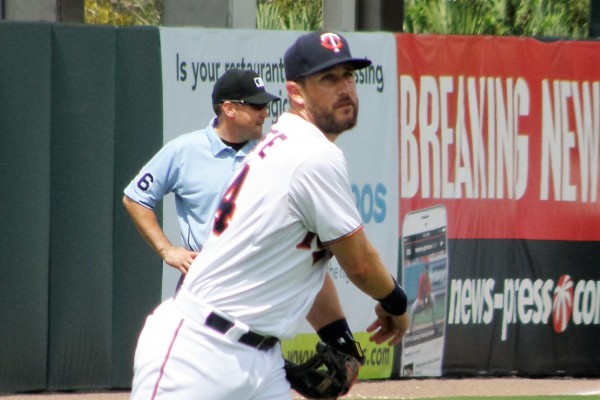
Unless Ryan is really wowed by an offer for Plouffe, however, I think he’s better off keeping the status quo. Let’s see how Sano handles the position (and how he handles his sophomore season at the plate) before running the risk of turning the third sack back into the black hole it was between the departure of Corey Koskie and the arrival of Plouffe.
Likewise, the outfield appears pretty full, even with the departure of Aaron Hicks to the Yankees in the Murphy deal.
Eddie Rosario will be in one corner and the Twins are hoping Byron Buxton claims centerfield right out of spring training. They’ve expressed their intention to teach Sano to play a corner outfield spot, especially now that Park seems likely to get most of the DH at-bats. Oswaldo Arcia is another internal outfield option, but the Twins won’t (or shouldn’t, anyway) consider any option that results in Arcia and Sano sharing the same outfield, no matter how good the man in centerfield is. Max Kepler earned the opportunity to impress coaches and the front office enough in spring training to claim an Opening Day roster spot, but I suspect they’ll start him in Rochester, especially if the alternative is a fourth-outfielder role with the Twins.
And then there’s the pitching staff.
The predominant theory seems to be that the Twins have plenty of internal options to fill out their rotation, but need to look to the free agent and/or trade market to improve their bullpen.
I disagree. Not that the bullpen wasn’t bad (it was), but I disagree with that approach to fixing it. I would prefer to fix the bullpen by improving the rotation even more.
There are four pitchers that you have to figure should be locks to open in the Twins’ rotation. Ervin Santana, Tyler Duffey, Kyle Gibson and Phil Hughes will, unless traded or injured before then, open the year as Twins starters.
Trevor May, Alex Meyer, Tommy Milone, Jose Berrios and Ricky Nolasco all have starter pedigrees, in the minors and/or Major Leagues, and any of the five could earn the Twins’ fifth rotation spot. But if the Twins are set on being more than just a borderline contender in the American League Central Division, you have to ask yourself whether they could do better than those five pitchers in that final rotation opening.
Now, I’m a Zack Greinke fan from way back. After the 2010 season, I advocated here for the Twins to engineer a trade with the Royals to acquire Greinke. Five years later, I’d still love to have him at the top of the Twins’ rotation, but the Twins are not going to shell out the $25+ million per year over 5+ years that is being projected as being what it will take to sign the free agent – alas, nor should they.
Likewise, you can pretty much rule out names like Price, Cueto, Samardzija and Zimmerman, all of which are likely to garner $100+ million/5+ year deals on the open market. That’s an awful big commitment to make to pitchers who, in each case, come with some significant question marks about their abilities to perform at “ace” levels for the next half-decade. Only Price, in my view, is worth that kind of money. Unfortunately, he won’t be had for that kind of money – it will likely take over $200 million to get him. Ouch.
Berrios is a future Twins starter. May and Meyer could very well be future rotation fixtures, as well. The big unknown, in each case, is the definite arrival time of that future. We just don’t know. It could be April, 2016, and if it is, for just one of those pitchers, then the rotation question is asked and answered.
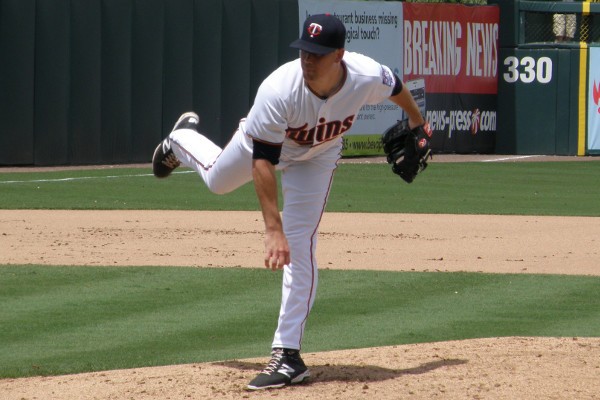
However, like the situation with Sano as a full time third baseman, relying on any of the five possible fifth starters currently on the roster to be good enough to help propel the Twins into an elite-level team in 2016 is pretty risky.
If Ryan decides to take that risk, it’s fine with me, but I wouldn’t mind seeing the Twins take a one-year flyer on Doug Fister, who certainly will be looking for a make-good contract to rebuild his value with an eye on trying free agency again next year. Two years ago, Fister was traded to Washington after 2 ½ successful years in a Tigers uniform. Had he been a free agent a year ago after notching a 2.31 ERA over 25 starts for the Nationals, he’d have undoubtedly been near the top of every team’s free agent starting pitcher wish-list.
But he was Washington property for another year and he did not live up to expectations in 2015, to put it mildly. He lost his starting rotation spot as the dysfunctional Nationals faltered and he finished the season working out of the bullpen.
Could a return to the familiar AL Central spur a revival of Fister’s starting career? I don’t know, but I wouldn’t mind if the Twins spent $10-15 million or so to find out. At that price, they can afford the risk. If it works out, he’s more than just another fifth starter. If it doesn’t work, all they’ve lost is a few bucks and they move on with whoever is looking the best from among the internal options.
With a rotation of Santana, Duffey, Gibson, Hughes and Fister, you are left with a lot of pretty strong options to improve your bullpen.
Glen Perkins and Kevin Jepsen will be there. You have to be concerned with the way Perkins pitched the last half of 2015 and I’m not certain Jepsen is really as good as he looked after being acquired from the Rays, but those two will be cornerstones of the 2016 relief corps, if they’re healthy.
Now, just for fun, plug the following five arms into the bullpen: Trevor May, Alex Meyer, Tommy Milone, Jose Berrios and Ricky Nolasco.
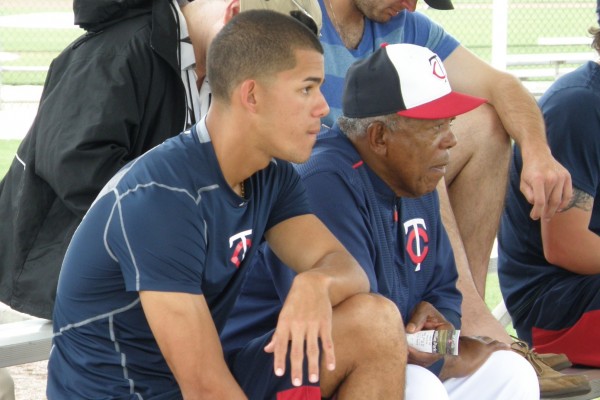
Yes, that leaves just Perkins and Milone as lefty arms, so I’d like to see Logan Darnell make the team, meaning Nolasco is cut loose or one of Meyer/Berrios is kept in Rochester to stay stretched out in case there’s an early hole to plug in the rotation.
No team survives a season without running 7-10 pitchers through their rotation during the year and all five of these guys could work their way into starting roles either by their own performance or attrition among those who open the year as starters.
But the point remains that the Twins have pitching that is capable of bolstering their bullpen and I’d spend $10-15 million to take a chance on Fister improving the rotation. Then, as the dominoes fall, quality internal pitchers are pushed to the bullpen.
To me, that’s preferable to making multi-year commitments to one or more of the flavor-of-the-month relief arms available in free agency when the Twins have guys like Nick Burdi, Jake Reed, J.T. Chargois, Taylor Rogers, Zach Jones, Alex Wimmers and Mason Melotakis (to name just a few), any of which could become high-quality internal bullpen options before 2016 is over. Even 2015 top draft pick Tyler Jay, who will be given an opportunity to work in a minor league rotation somewhere to start the season, could be called on for a big league relief role, if needed at some point.
The best free agent bullpen arms will command large, multi-year deals, which the Twins should not invest in, and the next tier on the open market are no more likely to provide consistent quality relief innings than the Twins’ own internal options.
The bottom line, for me, is that Terry Ryan can get Park signed, make a deal with Fister, then go on vacation, as far as I’m concerned. If he can get someone to take Nolasco’s contract off his hands, terrific, but otherwise, I’d be content to head to spring training with that roster.
-JC
A Special Saturday at Kinnick Stadium
I put in about a 17-hour day on Saturday and I’m feeling it a day later, but I suspect there are a number of staff members within the University of Iowa Athletics Department who are every bit as worn down today as I am after putting on one of the most unique (and successful) days of Hawkeye sporting events at Kinnick Stadium in Iowa City.
At 11:00 a.m. Saturday, Iowa’s wrestlers, ranked fourth in the country, hosted top-ranked Oklahoma State – outdoors at Kinnick Stadium – in November. The Hawkeyes topped the Cowboys 18-16, with each side claiming five of the ten matches, but the result is not what people will remember about the event.
My son and I were among 42,287 that paid our $10 per ticket to be on hand to watch “Grapple on the Gridiron”, matching two wrestling programs that, between them, account for 57 national championships. Iowa organized the event with the intention of smashing the meet attendance record set by Penn State two years ago. Mission accomplished and then some. Penn State’s record was “only” 15,996.
Back in late summer, when Iowa announced plans for this event, I thought Athletic Director Gary Barta had finally gone off the deep end. I probably could have thought the same of wrestling coach Tom Brands, but I think we all know he’s been more than a little crazy his whole life, so nothing he does comes as a surprise. But Barta had to sign off on the nutso idea of holding a wrestling meet outdoors at Kinnick Stadium in Iowa in the middle of November.
Can you imagine what that would have been like if there was ANY kind of typical November weather issues? Wind, rain, sleet, snow or just plain really cold temperatures all had at least even odds of showing up. Sure, they had Carver-Hawkeye Arena to move the meet (and 15,000 of the ticket buyers) to, if necessary, but you don’t recover costs of staging by moving indoors.
No matter, though, because the weather was absolutely ideal. Calm winds, sunny and 60 degrees, and a perfect day for big walk-up ticket sales from fans showing up for a bit of early tailgating before the headline event of the day. That, of course, would be Iowa’s undefeated and 5th ranked football team Iowa hosting Minnesota in the battle for Floyd of Rosedale.
We did not tailgate for the 4+ hours we had to kill between wrestling meet and football game. Instead, a quick drive up to Red’s Ale House in North Liberty allowed us to kill the time watching afternoon football games, eating some really good food and enjoying a craft beer or four. (Red’s was featuring pours from Surly and Toppling Goliath. I won’t go in to my reviews of those beers here. That’s what the “Untappd” app is for, right?)
At 5:15 or so, it was time to head back to Kinnick Stadium. We caught the Hawkeye Express Train in Coralville and were in our 25-30 yard line seats a half-hour before kickoff.
The Hawkeyes came away with a 40-35 win over the Golden Gophers, to raise their record to 10-0 for the first time in Iowa football history, but it was a frustrating game from an Iowa fan’s perspective. Iowa never trailed and I thought it was pretty evident Iowa was the better team, but the damn Gophers just would not go away.
I’m not going to lie. Iowa needs big wins as they try to impress the folks who put together the College Football Playoff rankings, so I wanted the Hawks to just bury Minnesota and bury them deep. That didn’t happen at all, obviously.
My phone battery pretty much died by the time the football game started, so those of you who follow me on Twitter were spared having to put up with my frustration. Then again, the cell phone service in Kinnick (at least for Spring customers like me) is atrocious, so I probably wouldn’t have gotten anything out during the game anyway.
The other result of not having a working phone is that I didn’t see the final scores of all of the other night games across the country until I got home somewhere around 12:30 in the morning…
… which is my segue into discussion of the College Football Playoff rankings and Iowa’s place within that conversation.
You’re probably thinking I’m going to argue that Iowa should be ranked in the top four of the CFP rankings, in position to make the NCAA football playoffs. I’m not. Yet. But the results of some of the games yesterday are getting me closer to believing they should be.
One of the games I watched at Red’s yesterday was Clemson-Syracuse. I haven’t watched a lot of their games, but I wasn’t as impressed as I thought I would be. Still, they’re the team you have to rank at the top, despite an unimpressive win.
Ohio State is the defending National Champion, has almost everyone back from among the key contributors to that team, and hasn’t lost a game. They have to be in your top four right now. But I’ve watched them quite a bit and, honestly, it might be the same guys in the same uniforms, but they just haven’t looked all that terrific to me.
Through last week, I’d have had Oklahoma State in the top four. But another of the games I watched at Red’s Saturday was the Cowboys and Iowa State. We left before the game was over, so I didn’t see how Okie State won that game, but during every bit of that game I did watch, the Cowboys looked pretty bad. Still, they are undefeated and they beat TCU a week ago, so maybe you allow a little hangover. I’d have them in top four right now, too, but barely. I don’t think they’ll stay there.
I would reluctantly have Alabama filling out my top four. They’re playing very well now and you credit them for that. I don’t think that totally makes up for the fact that they do have a loss and that loss is to Mississippi, a team that hasn’t turned out to be anything all that special.
I would have Iowa somewhere in that next group of five teams. Where, exactly, isn’t all that important because it’s going to sort itself out over the next three weeks, anyway.
Oklahoma is coming on really strong, as their win over Baylor showed. Notre Dame has only lost to Clemson, so they certainly are in position to be considered to make the field if they win out.
By the way, is there a fan base more defensive than Notre Dame’s? I Tweeted out an observation that Notre Dame doesn’t play as tough a schedule as they used to before they became partially-affiliated with the ACC, yet still get residual credit in many corners for playing a difficult schedule. As a result, I got a bunch of irate responses from, I imagine, Irish fans. I didn’t say they have an “easy” schedule. But you don’t take Michigan and Northwestern off your schedule and replace them with teams like Virginia, Wake Forest and even Temple (which has been overrated all year, as we’re now seeing) and still get credit for an extremely difficult schedule. Not with me, anyway. I also don’t buy the, “we have the best loss,” argument that Mike Golic of ESPN keeps harping about. It’s a LOSS. You don’t get credit for playing somebody you lost to. You have to win the game for it to be a positive factor.
I think that’s basically it, now. The group of current legitimate contenders for the playoffs got whittled down this week. Stanford lost, essentially ending any chance that a Pac-12 team will be considered. Baylor lost to the Sooners, which is no disgrace, but the brilliant minds of the Big 12 decided to backload their schedule, assuring that any loss by their top teams will be “late losses,” and pretty much eliminate those teams from contention. Well done, Bob Bowlsby & company (I’m really glad he’s screwing up the Big 12 now and not still as Athletic Director at Iowa).
Could Michigan State run the table, beating Ohio State and then Iowa in the B1G Championship game, to work their way back into the playoff picture? Yes. In fact, I wouldn’t be surprised if they did exactly that.
Florida should get some appreciation, I suppose. But they lead the SEC-East, which is just as questionable, in terms of top to bottom strength, as the B1G-West and you have to ask yourself: how much consideration would a 1-loss Iowa be getting? The answer is, “none,” and that’s exactly the amount I would give Florida.
Finally, Wisconsin puzzles me, in that I’m puzzled why they aren’t given a lot more respect than they’re getting. Like half a dozen teams ranked above them in this week’s AP Coaches’ Poll, they have two losses. Unlike any of the teams ranked above them, their two losses are to two teams with combined 19-1 records and both ranked in the top six teams in the country. Sure, their best win is over Nebraska, but it’s almost like Badger fans gave up on the season after the Iowa loss and the rest of the country decided, “hey if you think your team sucks, we’ll just agree with you and ignore them, too.”
If Bucky wins out against Northwestern and Minnesota, they’ll end up in a pretty nice bowl game. I wonder if anyone in Wisconsin will even notice, much less attend the game.
Enough words. Here are a few not-really-very-good photos from my day at Kinnick Stadium on Saturday:
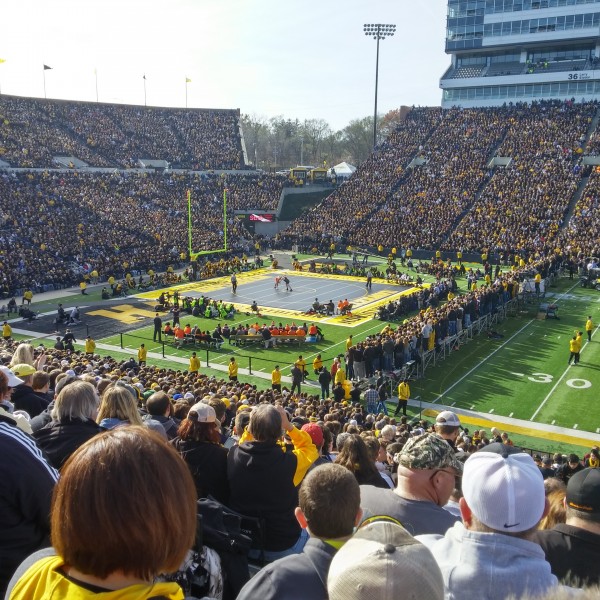
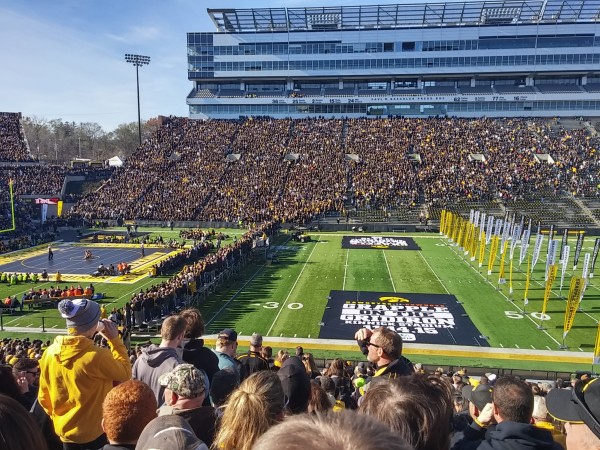
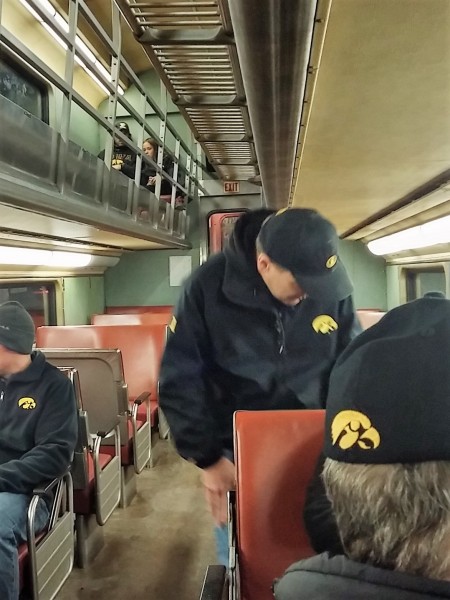
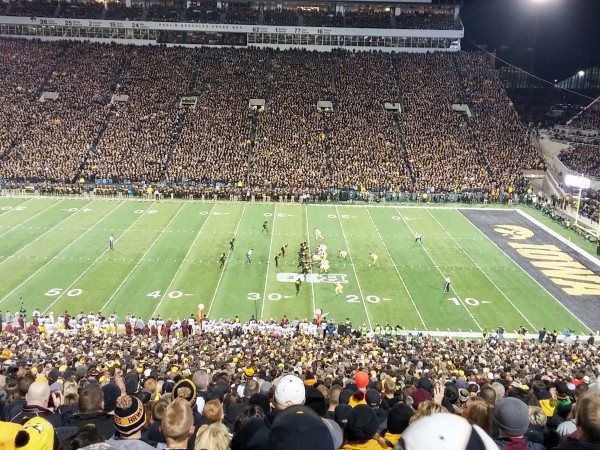
The Hawkeyes went to get Floyd of Rosedale from the Minnesota sideline in a calm, unified approach – for a while, anyway.
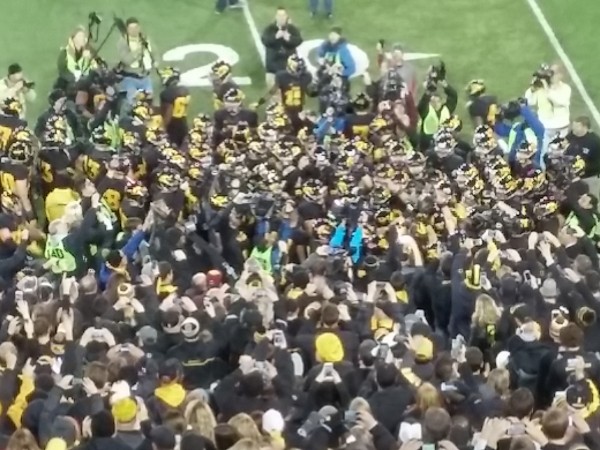
-JC
Good-bye and Good Luck, Mr. Hicks
Aaron Hicks’ trade to the New York Yankees on Wednesday brings to a close one of the more frustrating eras for a young Twins player in some time. Frustrating for those of us who closely follow Twins prospects, frustrating for the Twins’ front office and, I’m certain, frustrating for the player, himself.
The methods that Major League Baseball employ to bring new talent into professional baseball in the United States amount to the biggest crapshoot in professional sports. A 40-round amateur draft for domestic players, combined with a process for signing international talent at the age of 16, feeds at least a half-dozen tiers of development leagues. The result is a meat-grinder of a system that chews up and spits out young players by the hundreds every year, with only the strongest, most durable (and luckiest) few of the group even getting a taste of big league life, much less having a significant MLB career.
International players that garner multi-million dollar deals at the age of 16, like Miguel Sano, and top-of-the-first-round draft choices, like Byron Buxton, are better bets, of course, but the road is also littered with players in those categories that, whether due to injury or any number of other reasons, never lived their Major League dreams.
A then-18 year old Aaron Hicks was the Twins’ first round draft choice in 2008, the 14th pick of the draft, and immediately was penciled in as the next-generation fixture in the middle of the Twins’ outfield of the future.
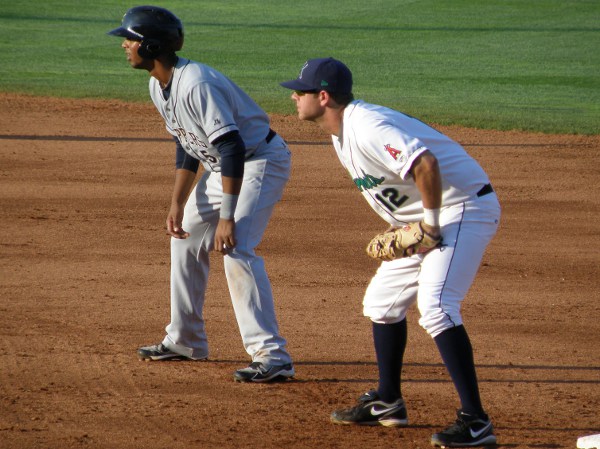
It took 4 1/2 years for Hicks to get to the big leagues which, at the time, seemed like forever for a first round draft pick. Yet, when he did debut, after winning the starting centerfield job out of spring training in 2013, it felt to many like he was rushed. As things turned out, he almost certainly could have used more development time, rather than skipping directly from AA in 2012 to The Show to open 2013.
Hicks got off to a very good start with the Gulf Coast League Twins after signing in 2008, hitting .318 with a .900 OPS, in just over 200 plate appearances. From there, though, the path became more challenging.
He was targeted to start 2009 with Elizabethton, but by mid-June of that year, the Beloit Snappers needed outfield help and Hicks was sent there, instead. He struggled a bit at the plate, requiring him to repeat that level in 2010. His numbers improved in 2010 and, given that he was still just 20 years old, his prospect status jumped, as well.
Hicks’ 2011 at advanced-A Fort Myers was nothing to write home about, again costing him some prospect-status points. The Twins sent him to the Arizona Fall League that year for some more work and he excelled in Arizona, hitting .294 and racking up a huge .959 OPS, albeit in just 30 games. That was enough to get fans excited about Hicks’ potential again, heading in to the following spring.
He didn’t disappoint at AA New Britain, having the quintessential “break out year” with the Rock Cats, hitting .286 with 13 home runs.
That performance emboldened Twins General Manager Terry Ryan, who saw Hicks as being so Major League ready that he traded away both of the Twins’ incumbent centerfielders, Denard Span and Ben Revere, during the offseason leading up to 2013. Again, the enthusiasm turned out to be a bit premature, as Hicks struggled not only with the Twins, for whom he hit below the Mendoza-line level, but also at AAA Rochester, where he continued to struggle at the plate.
Hicks lasted less than a month into the 2014 season before literally “hitting a wall.” He suffered a concussion after slamming into the centerfield wall at Target Field in a game against the Dodgers. He ended up spending time at AA, where he once again excelled in 43 games, and at AAA Rochester, where he certainly held his own. After getting a September call-up, he totaled 69 games with the Twins during the season, hitting just .215 in his time with the big club.
Justified or not, Hicks earned a reputation within the Twins organization as having a less-than-professional approach to his game. Reports came out that at times he didn’t even know who the opponent’s starting pitcher was. Struggling from the left side of the plate, he announced he would give up on switch-hitting (a decision he later reversed, after a chat with Rod Carew).
The Twins did not bring Hicks north with them to open the 2015 season, opting instead to start him at AAA Rochester. To his credit, Hicks immediately set about earning another chance with the Twins. He hit .342 with the Red Wings and put up a .948 OPS.
With the Twins, Hicks was respectable at the plate for the first time in his big league career, batting .256 and hitting 11 home runs in 97 appearances. In addition, his defense in centerfield was a critical contribution to the Twins’ surprising (to many) 83-win season, despite struggling with a hamstring issue.
That’s the history with the Twins that Aaron Hicks carried into this postseason. Given all of that, it certainly could not have come as a surprise to anyone that General Manager Terry Ryan was willing to listen when the Yankees’ Brian Cashman approached him about a possible deal involving Hicks.
Reports have surfaced that there was interest in Hicks previously on the part of other teams, but the Twins were unwilling to let him go. That’s not surprising, since any overture before the 2015 season would have almost certainly been a low-ball offer.
We’ve also read that Cashman got a lukewarm response from Ryan to his first suggestion of a trade involving Hicks for Yanks catcher John Ryan Murphy, but Ryan became much more interested in the idea after the Twins learned they had won the right to negotiate with Korean slugger Byung Ho Park.
Adding Park to the mix at first base and designated hitter meant the idea of Miguel Sano getting regular time in the Twins outfield in 2016 went from just a casual option to a much more real possibility. Inserting Sano into the outfield mix with Hicks, Eddie Rosario and, sooner rather than later, Byron Buxton and Max Kepler, left Ryan with an abundance of outfielders.
It may be risky to assume (1) that Sano can play a passable outfield and (2) that Buxton and/or Kepler will be successful big league hitters in 2016. We also can’t rule out the possibility that third baseman Trevor Plouffe could yet be dealt by the Twins, opening up that position for Sano and taking him out of the outfield mix again.
On the flip side, however, given Hicks’ roller-coaster performance record, Ryan had to figure that now might be the best time to maximize Hicks’ trade value. The Twins needed a catcher capable of at least challenging Kurt Suzuki for the starting job behind the plate immediately. The Yankees had such a catcher available in Murphy and they were willing to part with him in return for Hicks, so Ryan pulled the trigger.
I’d like to say I wish Aaron Hicks the best of luck and I do – to a point.
If he had been traded to any team I either have some kind of affection for or at least have no feelings toward whatsoever, my wish for good fortune would be unconditional. He seems like a good guy and I truly appreciate the challenges he overcame to eventually be a significant contributor to the Twins at the Major League level.
But he’s going to the Yankees.
So the best I can do is wish Hicks all the personal good luck in the world in the future, while stopping short of being able to wish him good fortune in conjunction with his new team. I just can’t wish the Yankees anything close to good luck.
As for Murphy, I don’t know much about him, but all reports indicate that he has grown from a “bat first” catcher into a guy who is at least a legitimate MLB talent behind the plate. If he can perform in that manner and hit the way he has done historically, he’ll amount to a significant upgrade for the Twins at the position.
I believe that the Twins have multiple legitimate big league catching prospects in their organization. I believe that Stuart Turner, Mitch Garver and Brian Navarreto, to name just three, will someday catch at the MLB level, either with the Twins or elsewhere. They have different strengths and weaknesses and whether they become regulars or backups will depend on how they improve on those weaknesses, but they’ll get their shots.
It takes time, however, for most to develop into a regular big league catcher and it will be more than a couple of years before any of those prospects is ready to be “the guy” behind the plate for what, by then, should be a MLB contender.
For now, at least, Murphy seems like a very good cost-controlled addition to the roster and the price paid was reasonable.
-JC
Twins May Get a New ‘Park’
No, not THAT kind of “park.” The Twins will continue to call Target Field their home for the foreseeable future.
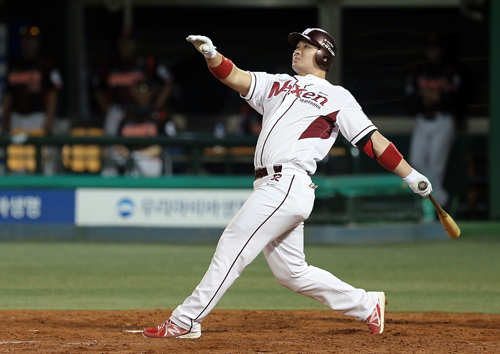
On Monday, it was announced that the Minnesota Twins had submitted the winning $12.85 million bid to secure the rights to negotiate with Korean Baseball’s slugger Byung Ho Park. The Twins now have 30 days to work out a contract with the 29-year-old first baseman/designated hitter who slashed .343/.436/.714 with a 1.150 OPS for the Nexen Heros. He hit 52 and 53 home runs the past two seasons, respectively. He also has over 300 strikeouts combined over the past two years.
As Major League Baseball’s General Manager Meetings get underway in Florida this week, the GMs walking the halls must be just shaking their heads and saying, “That Terry Ryan is just so unpredictable, you never know what that crazy SOB is going to do next!”
I suppose the first thing we will need to learn, if the Twins do sign him, is how to write his name. I’ve seen Byung-ho Park, Byung ho Park, Byung Ho Park and Park Byung ho. I have no idea what’s correct, but I hope someone will check into that and let us all know.
Park is listed at 6′ 1″ and 195 pounds, so he’s certainly not a massive physical specimen, but there are plenty of videos available on YouTube that include compilations of his home runs. He has hit a lot of deep home runs and has mastered a variety of bat-flips, as well.
(This is a LONG montage of Park home runs, so I’m not suggesting you watch the whole thing. I didn’t.)
Reports have emerged, however, that Park will be toning down his bat-flipping in recognition that it’s not as “acceptable” in MLB as it is in Korea, where flipping the bat has become essentially an art form.
I’m not sure how I feel about that. I admit that I have been a bit old school in my views about bat-flipping. I’m willing to acknowledge, however, that those views may have been affected by the fact that the Twins haven’t had many guys lately who had the ability to do anything worthy of flipping a bat. With the arrival of Miguel Sano, potentially Kennys Vargas and, now, Park, maybe I’m not so anti-flip as I used to be.
I’m happy to discover that the Twins have put their Tsuyoshi Nishioka experience in their rear view mirror and not allowed it to sour them completely on risking some money in the Asian market.
You have to be careful about comparisons involving small numbers, but it probably didn’t hurt that the Pirates had success with third baseman Jung Ho Kang, who put up similar stat lines to Park a year ago in Korea. Kang hit .287/.355/.461 as a 28-year-old rookie in 2015.
With the technology available today to measure bat speed, velocity of the ball off the bat, etc., we can hope that scouting is a bit more precise than when the Twins took an ultimately ill-advised flyer on Nishioka. Still, conventional belief is that Park hasn’t faced anything near MLB-level pitching, either in velocity or breaking balls, so it would be premature to celebrate too much.
I do think it’s interesting that the Twins (and presumably other bidders for Park’s services) were willing to overlook his strikeout rate, given the concerns everyone seems have with Twins outfield prospect Adam Brett Walker II, who likewise has shown impressive power and excessive strikeout rates.
I’m not sure if that indicates the Twins might be more likely to give Walker a big league shot in the near future or simply that Walker, in a worst case scenario, could make some big bucks playing in Korea, but I find it interesting.
If the Twins sign Park, it also opens up questions about where he would fit in Paul Molitor’s lineup. This guy named Joe Mauer has been viewed as having pretty much a lock on first base. I saw a report that Park was working some at third base during his Korean team’s spring training this past year, but I’ve seen nothing to indicate he actually played that position during the season. In any event, the Twins already could have one too many third basemen in Trevor Plouffe and Miguel Sano.
The Twins have asked Sano to play outfield during winter ball, so that could open up the (perhaps most likely) possibility of simply having Mauer and Park split 1B/DH duties, but I’m having trouble imagining Sano going from full time DH in 2015 to full time right fielder in 2016. I think Sano will DH a lot next summer. I also have become irreversibly attached to the idea of a future four-man outfield rotation consisting of top-notch defenders Byron Buxton, Eddie Rosario, Aaron Hicks and Max Kepler.
I have to believe Trevor Plouffe is on the trade block. I wouldn’t give him away, however, and I’m just not convinced other teams value him enough to give up much of value in return. Of course, any of the four outfielders mentioned above, other than Buxton, would also be potential trade bait and one or two could bring more of a return than Plouffe.
For two years, I have made fun of anyone who claimed Mauer should return to catching. The man stopped catching for a good reason. He had brain injuries that resulted in his doctors telling him he needed to stop taking 100 mph foul tips off his head.
If his doctors still feel that way, then I still feel Mauer should not catch. Period. It’s simply not worth the risk to his future health.
Is it possible, however, that given his relative lack of additional concussion issues since moving out from behind home plate a couple years ago, that he has received medical clearance to return to the position? This is pure speculation, of course, but if so, a lot of pieces suddenly start falling into place. It seems highly unlikely, bordering on impossible, but stranger things have happened.
For example, did you hear the Minnesota Twins outbid everyone for Korean slugger Byung-ho Park?
-JC
Walker 195/51
Sunday Morning Comic Relief
Arizona Fall League Photos
I made it home from Arizona without a hitch, but since I had to get up by 4:00 am this morning, it already feels like I’ve put in a full day.
I uploaded over 400 pictures I took with my camera over the course of the three games I saw Tuesday, Wednesday and Thursday.
I had more opportunities to get pictures of some guys than others. With the pitchers, I also shot video of some of their work (which you can find in the prior two posts from this week), which means fewer still shots of some of those guys. Also, since Taylor Rogers started a game the night before I arrived, I didn’t get any opportunity to get photos of Rogers.
Enjoy.
(all photos are by, and the property of, S D Buhr)
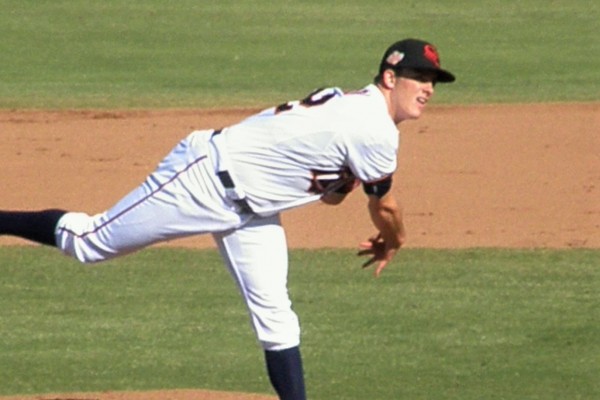
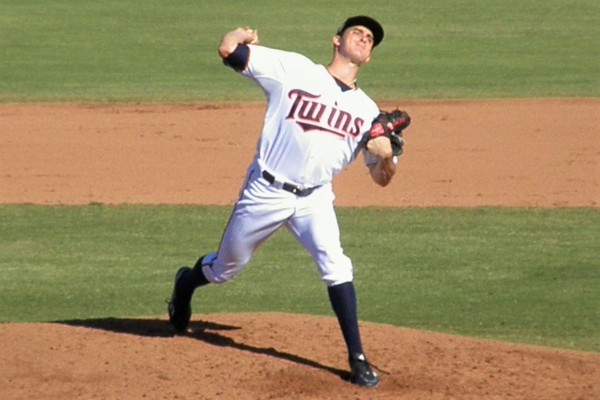
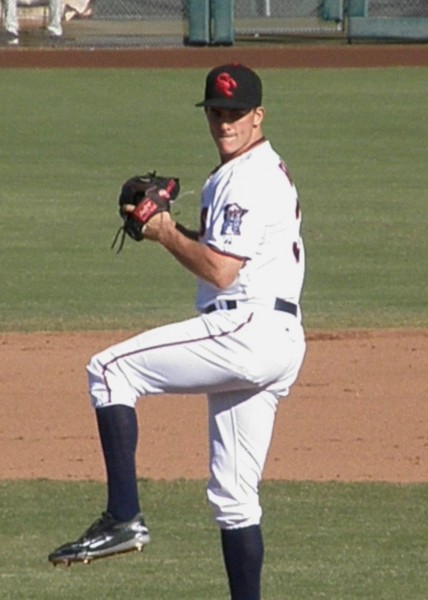
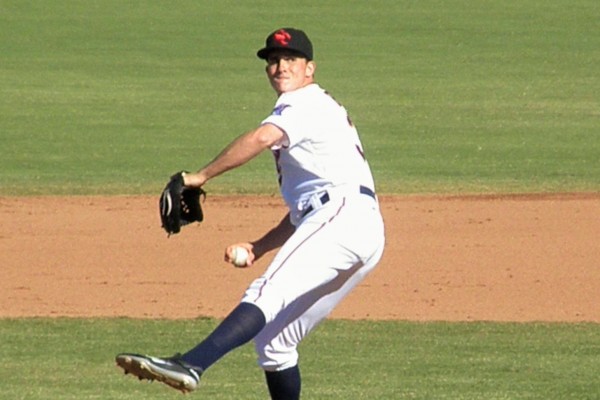
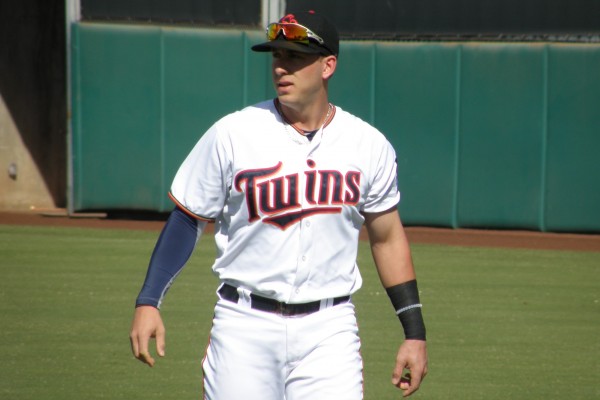
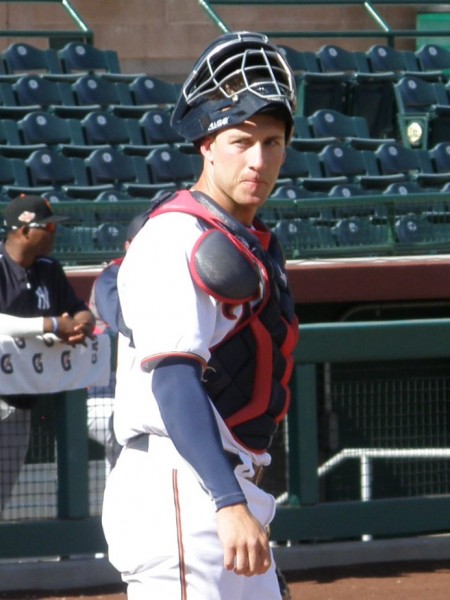
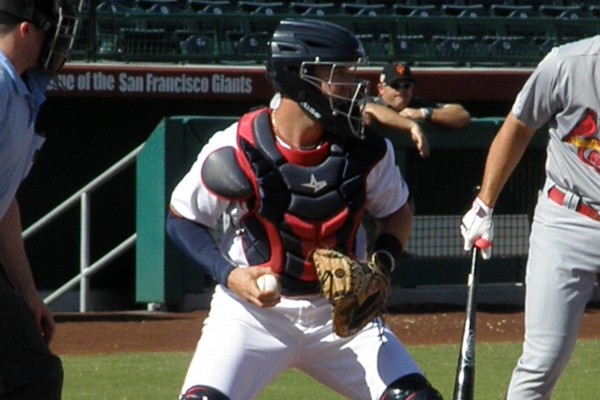
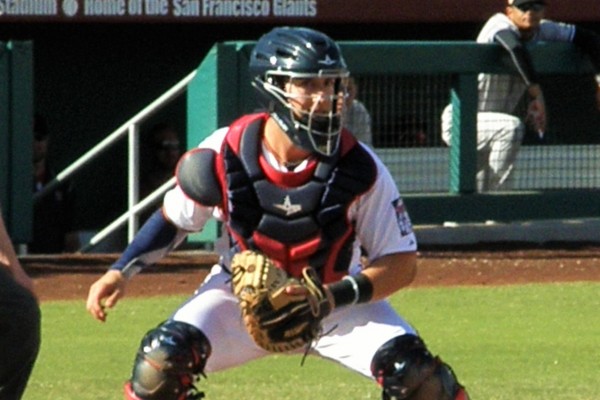
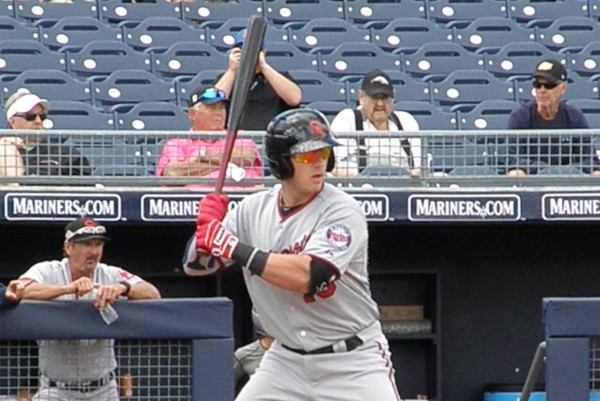
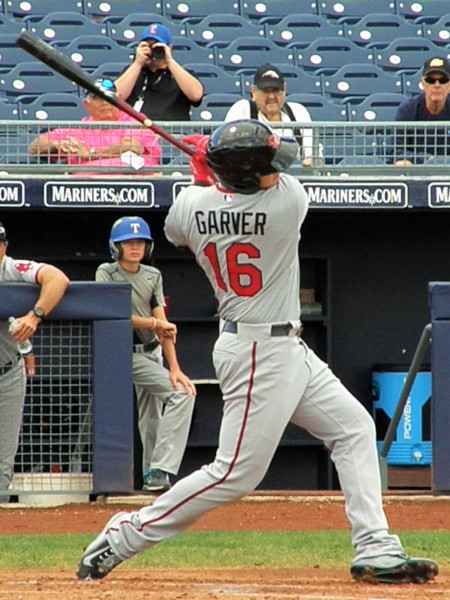
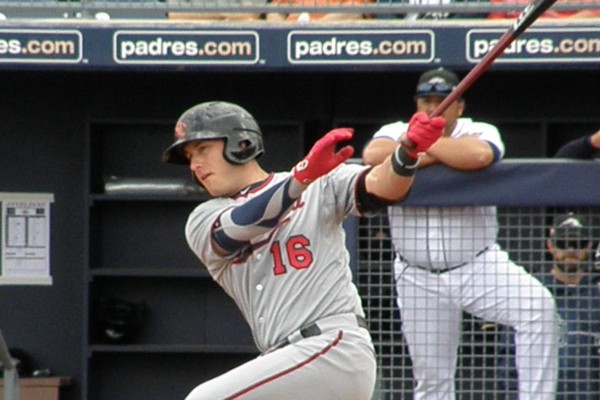
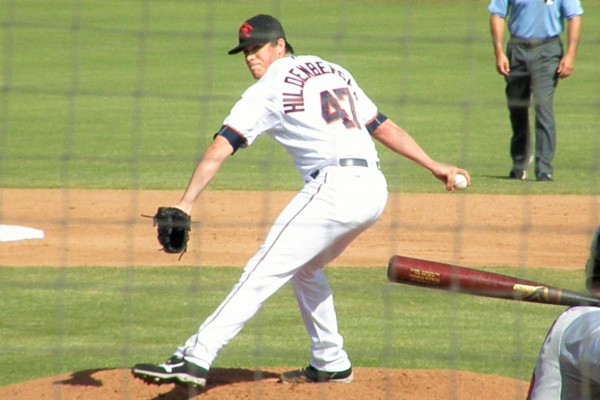

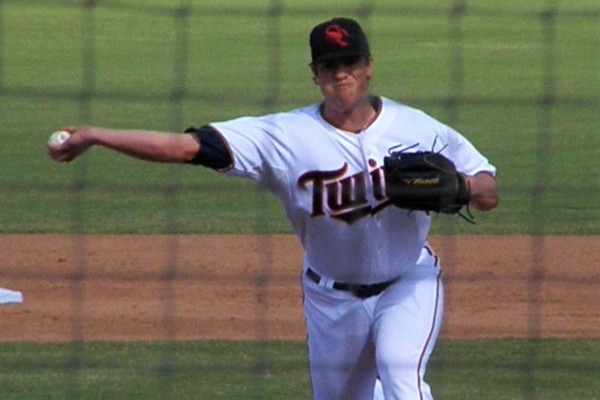
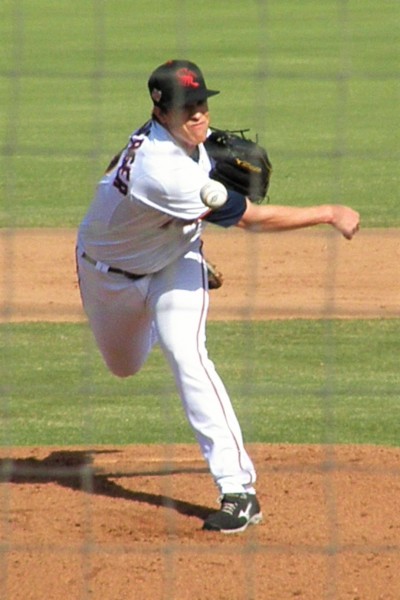
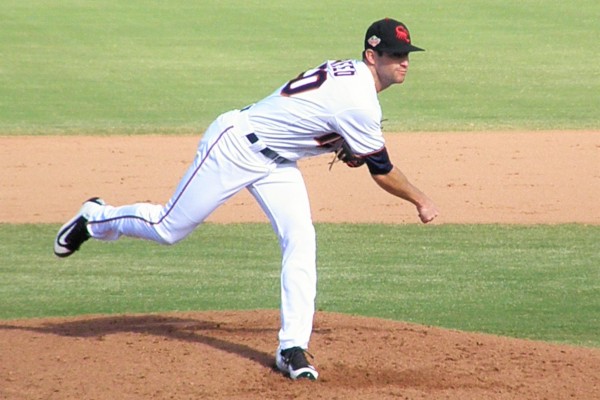
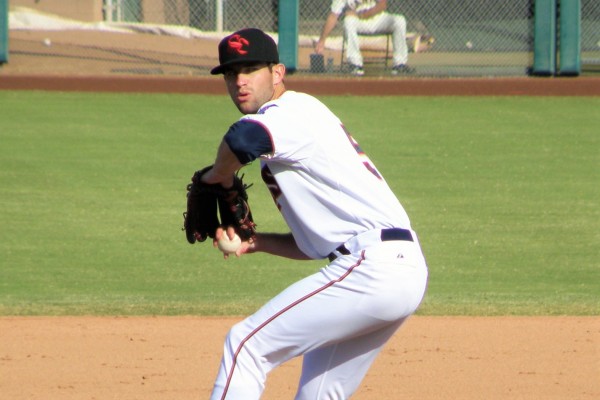
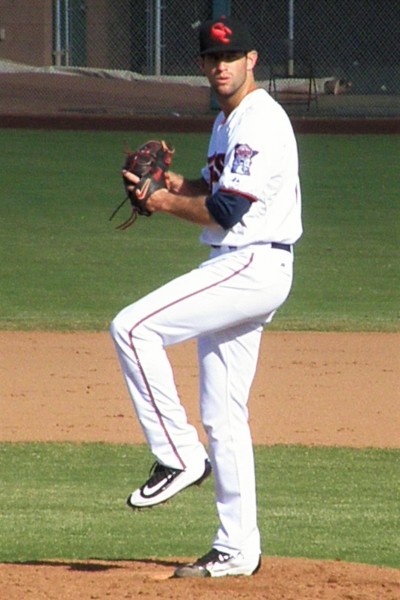
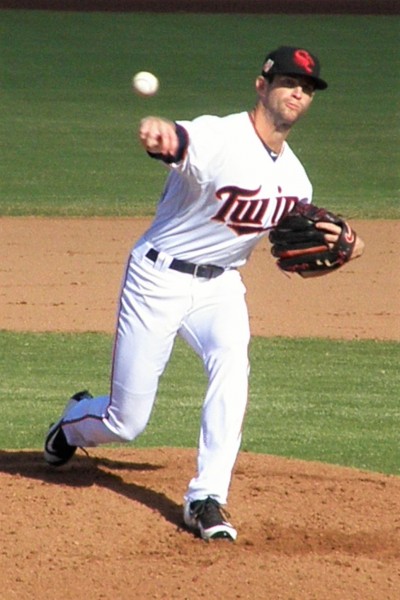
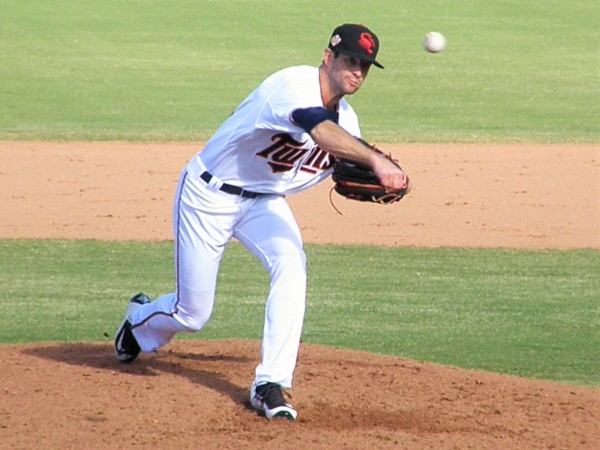
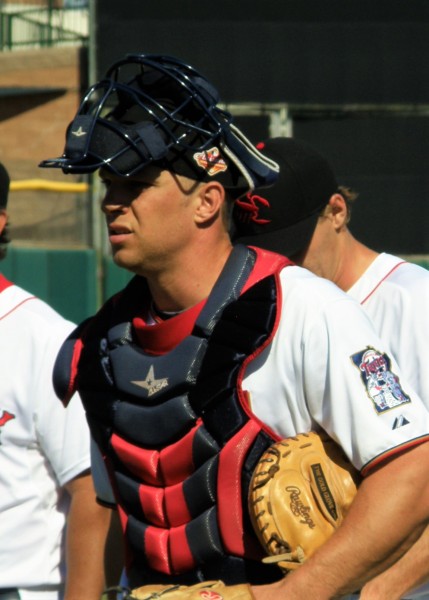
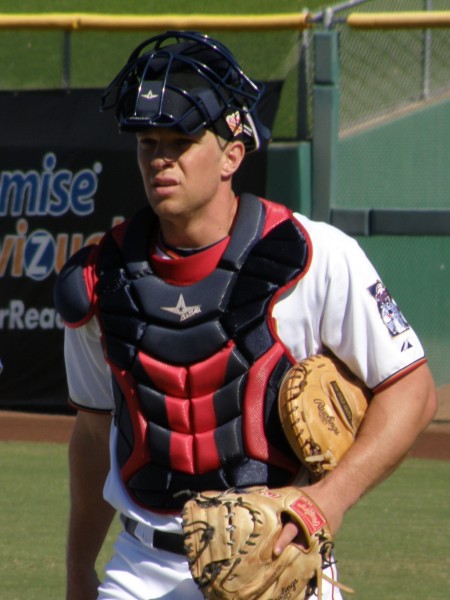
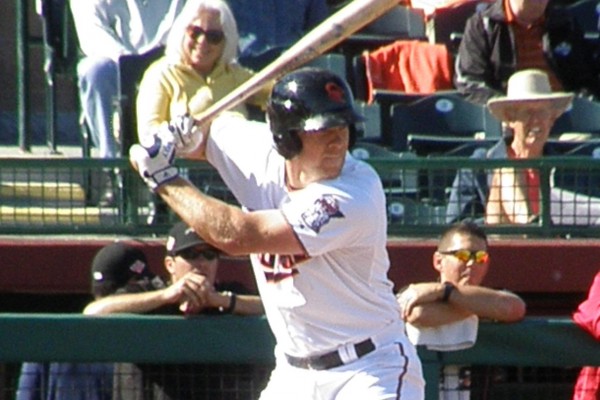
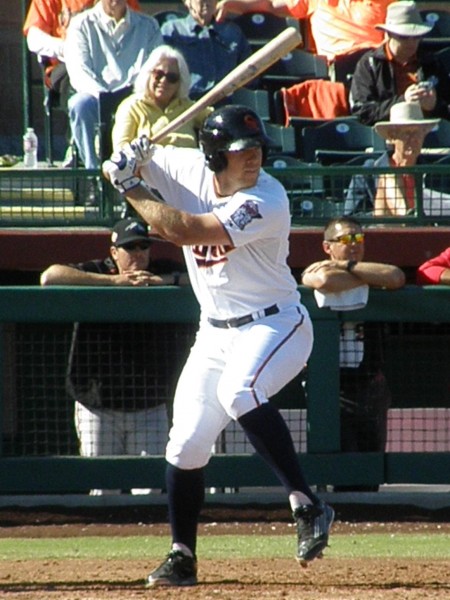
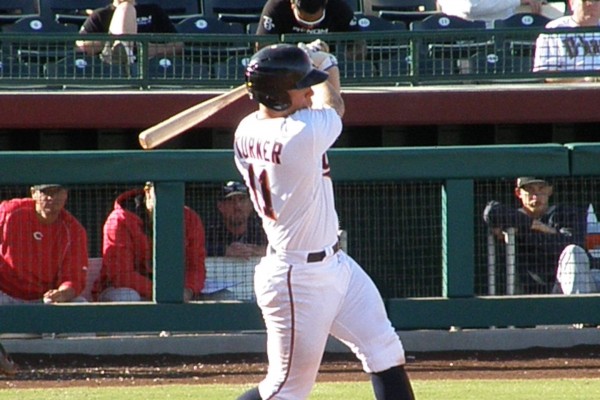
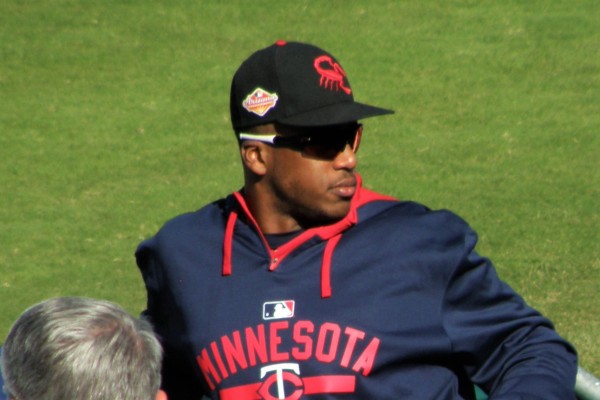

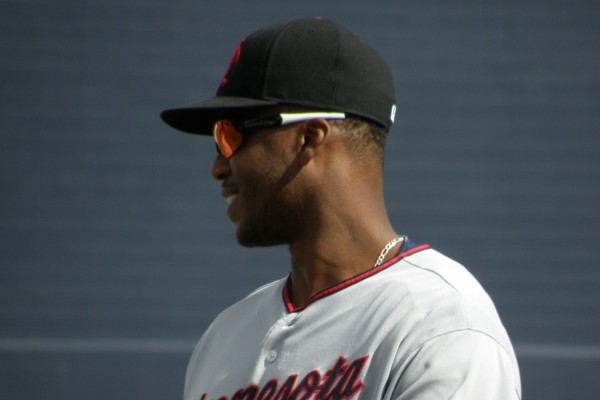

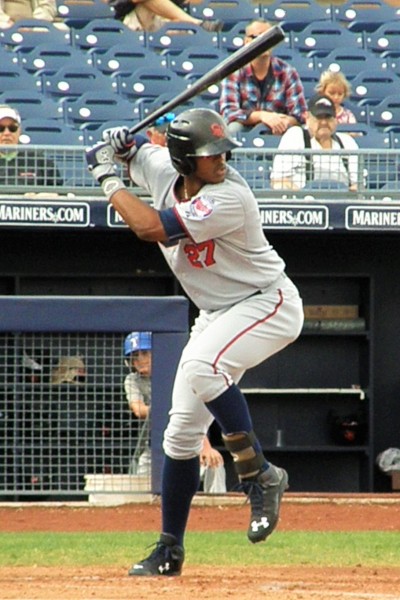


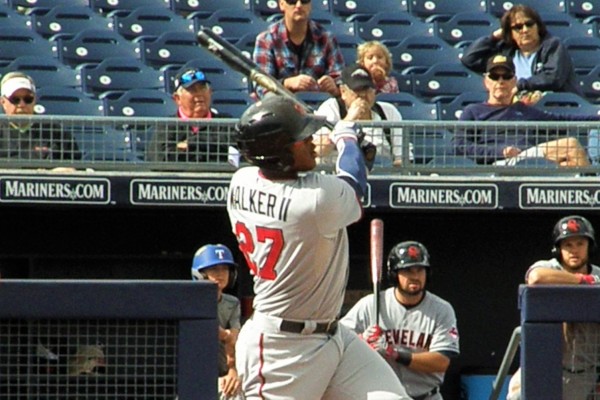

Again, you can find other pictures I took with my phone, as well as video clips of Garver, Hildenberger, Reed, Burdi and Turner in the prior two posts at Knuckleballs.
Now, I guess I have to go in to baseball hibernation until spring training.
-JC
Wednesday and Thursday in Scottsdale
A not-so-funny thing happened Tuesday night.
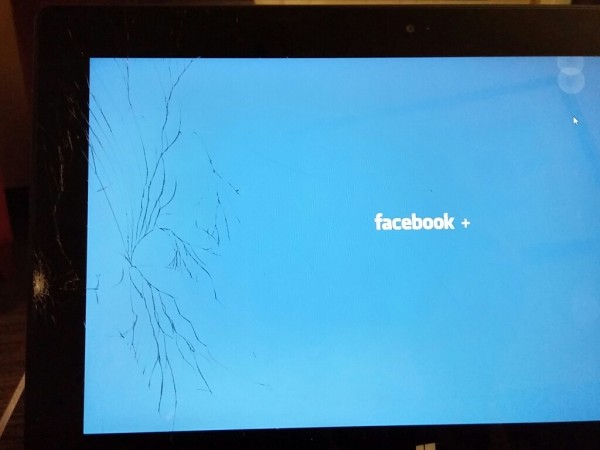 Yeah. It’s bad enough that the screen to my Surface smashed when it fell off the worktable in my hotel room, but I haven’t been able to get the cursor to remain steady enough to do anything with it, either.
Yeah. It’s bad enough that the screen to my Surface smashed when it fell off the worktable in my hotel room, but I haven’t been able to get the cursor to remain steady enough to do anything with it, either.
Now, this was a 3-year old Surfac, one of the original models, so it was due to be updated soon, but honestly, it did pretty much everything I needed this kind of device to do, so I wasn’t planning on spending the money on a replacement quite yet. Plans change, though, I guess. So, now I have a new Surface.
I’m writing this at a place called Duke’s Sports Bar and Grill in Scottsdale on Thursday night. My flight home leaves at 6:45 in the morning, so this may be quick.
As I posted Tuesday night, I don’t have a cable with me to upload pictures from my camera, so I’ll try to post a bunch of those pictures Friday after I get home.
Wednesday, I made about a 45 minute drive to the other side of Phoenix to the Peoria Sports Complex (spring training home to the Padres) to watch Scottsdale play there. Adam Brett Walker II was in left field for the Scorpions and Mitch Garver DH’d. Scottsdale jumped out early and never looked back, winning 8-2.
Garver had another nice day. He was 1 for 2, with an RBI double, and worked three walks. He now is sporting a .423 batting average and a 1.224 OPS in seven AFL games.
Adam Brett Walker II hit what I’m pretty sure was the longest home run I’ve seen this season. He launched a solo shot over the left field fence, over the bullpen behind the left field fence and over a couple more fences that were well beyond the bullpen. For good measure he added a triple to the opposite field later in the game. Walker is hitting .283 with a .998 OPS in 12 games.
Unfortunately, I wasn’t shooting video when Walker launched his blast. I’m pretty sure I got a picture of his HR swing with my camera, but you’ll have to wait for the next post to see that.
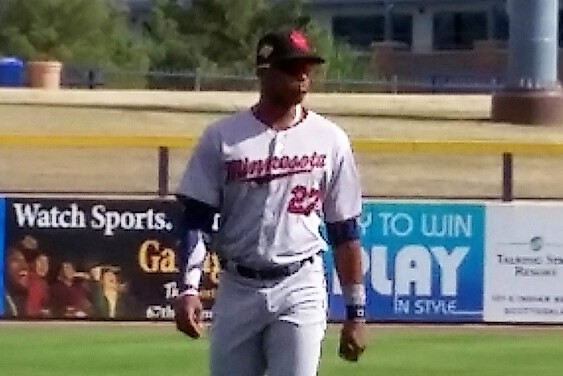
On Thursday, the same two teams played again, this time at Scottsdale Stadium. The results were similar, with Scottsdale winning 5-2.
The only member of the Minnesota Twins contingent in the starting lineup was catcher Stuart Turner. He contributed an RBI single in two at-bats and added a pair of walks. He also scored a run. Turner is hitting .231 in six games for the Scorpions.
Here’s a video of his RBI single.
I also got a look at relief pitcher Nick Burdi, who pitched the 7th inning for Scottsdale. He needed only 12 pitches (9 of which were strikes) to strike out all three batters he faced.
I had Burdi with six fastballs among his pitches. According to the radar gun I was sitting behind, he notched one at 97 mph, four at 98 and one at 99 (the strikeout pitch to the second batter he faced).
Here’s some video I shot of Burdi’s inning (does not include every pitch, unfortunately).
I wasn’t expecting any of the rest of the Twins’ farmhands to appear, but Jake Reed came out of the bullpen to work the ninth inning (he had also thrown Tuesday, though he only threw six pitches that afternoon).
Like Burdi, Reed had a perfect 1-2-3 inning. It took him seven pitches to get his first out (a strikeout) Thursday, but only four more pitches to finish his work – a one-pitch line out to left field and three straight strikes to record his second K of the inning. The gun I saw had him with one 93 mph fastball, one at 94 and three at 95.
Again, you can see the results for yourself.
I didn’t take a lot of pictures with my phone, so most of the pictures will be in Friday’s post, but here’s a couple I snapped with the phone.
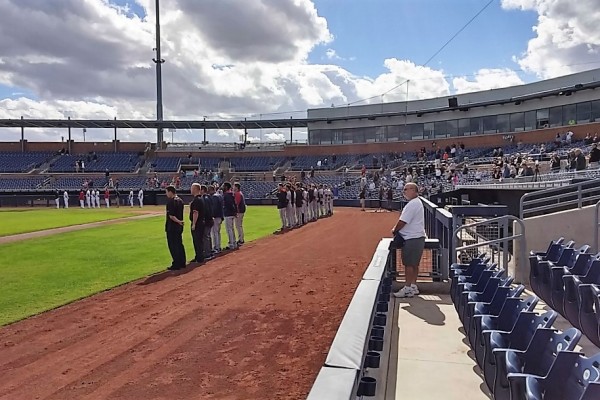
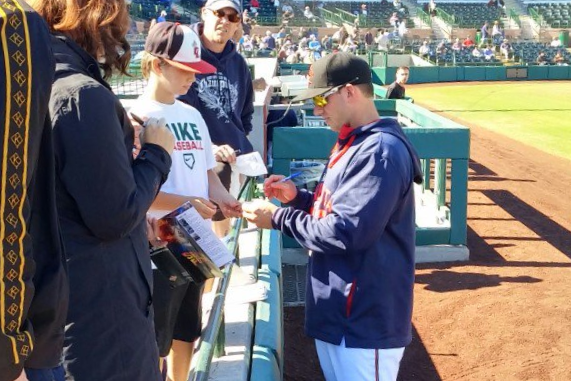
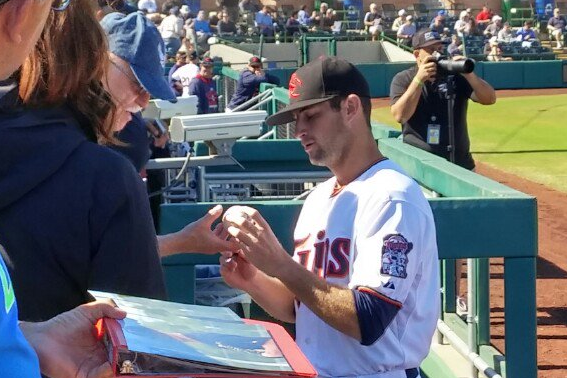
That’s it for me from Arizona. I should be back in Cedar Rapids by noon. I’ll try to get the photos uploaded and posted sometime in the afternoon.
-JC
Tuesday Afternoon in Scottsdale
I never make a list of everything I want to pack when I travel. I should, but I don’t.
I usually remember pretty much everything and I remembered pretty much everything I intended to take with me to Arizona for my little Arizona Fall League adventure this week. Pretty much.
What I did not remember was the cable to upload photos from my camera to my computer. If I had, you would all be enjoying some pictures of the Twins prospects that saw action in today’s Scottsdale Scorpions 4-0 loss. The best I can do is share a couple pictures I took with my phone and three short videos I shot with said phone.
Before I get to those, though, let me just say that I don’t care that the temperatures in Cedar Rapids this week are roughly the same as what I’m experiencing in Scottsdale. Really. I’m happy for my friends and family back home.
I’m getting to watch more baseball and I wouldn’t be able to do that in Cedar Rapids this week – and you’re not.
The only Twins prospect in the Scottsdale lineup today was catcher Mitch Garver. Fellow catcher Stuaart Turner and outfielder Adam Brett Walker had the day off and I missed starting pitcher Taylor Rogers’ start by one day. He threw four good innings on Monday, so I won’t get to see him while I’m here this week.
Garver caught all nine innings and had one hit (a double) in two official at-bats. He walked twice and struck out once. He’s hitting .417 for Scottsdale with three doubles and one home run among his 10 hits in 24 at-bats this fall.
Twins relief pitching prospects Trevor Hildenberger and Jake Reed both worked one inning on Tuesday afternoon. Hildenberger gave up one run on two hits in his inning, with the run coming on a solo home run off the bat of Royals prospect Bubba Starling. Reed worked a perfect 1-2-3 inning, striking out one.
Reed has yet to give up a run in the AFL this fall and has not given up a run in his 5.1 innings. He’s struck out 4 and walked 3 in his five appearances.
Arizona apparently agrees with Reed. He gave up just one run in 12.2 innings of relief work for Salt River during the 2014 Arizona Fall League and has been equally effective this fall.
Hildenberger carried a 3.68 ERA out of Tuesday’s game. He’s thrown 7.1 innings over five games, surrendering 10 hits and striking out five batters. He has not given up a walk this fall.season.
Hildenberger pitched for the Cedar Rapids Kernels this past summer, while Reed and Gaver were teammates in Cedar Rapids during the 2014 season.
After I get home on Friday, I’ll upload all the pictures I take with my camera this week and post a photo-heavy final article. For now, if you’ll pardon the questionable quality, here’s what I can give you from Arizona.
Here’s a picture of Scottsdale Stadium
The backdrop behind the batters eye is not quite the same thing we see in Cedar Rapids.
I got to speak briefly with Garver while he was stretching prior to the game and took this after we caught up.
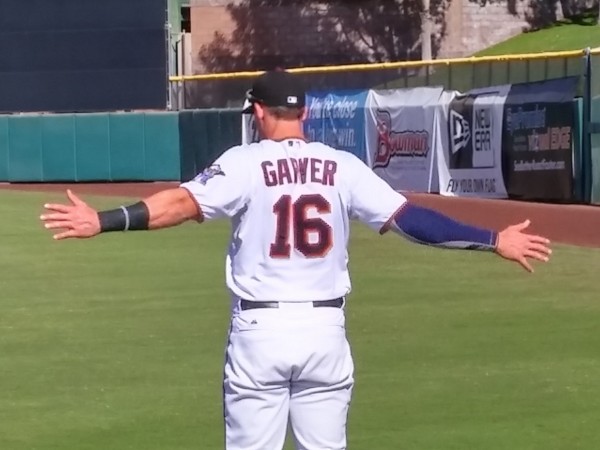 Here’s Garver’s double to right-center.
Here’s Garver’s double to right-center.
And a few pitches from Hildenberger.
Finally, a look at a few of Reed’s tosses.
Halloween Frights and Flights
The New York Mets and Minnesota Gophers had frightening nights on Saturday. The only thing more frustrating than being a Mets or Gophers fan on Sunday morning would have to be if you have some sort of allegiance toward Duke University because what happened to the Blue Devils on Halloween is several levels of hell worse than “frightening.”
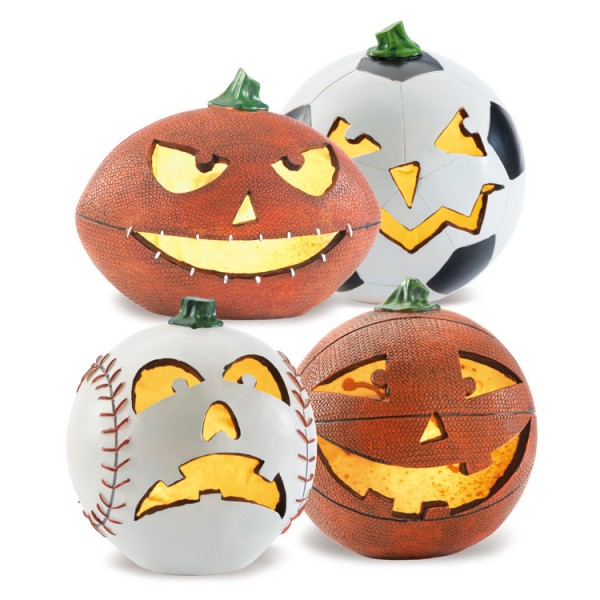 After scoring a touchdown to pull ahead of the Miami Hurricanes with just seconds left in the game, Duke kicked off and eight laterals later, Miami crossed the goal line to snatch the win from the Blue Devils. Sure, you could say one of the Miami players’ knee was on the ground when he contributed his lateral and, yes, there appeared to be at least one block in the back, but, hey, it’s Duke and we all hate Duke, so who cares? Right? (Not that many of us love Miami, but that’s a discussion for another day.)
After scoring a touchdown to pull ahead of the Miami Hurricanes with just seconds left in the game, Duke kicked off and eight laterals later, Miami crossed the goal line to snatch the win from the Blue Devils. Sure, you could say one of the Miami players’ knee was on the ground when he contributed his lateral and, yes, there appeared to be at least one block in the back, but, hey, it’s Duke and we all hate Duke, so who cares? Right? (Not that many of us love Miami, but that’s a discussion for another day.)
(Late edit: The ACC announced Sunday morning that the entire officiating crew, including the replay official, that worked the Duke-Miami game has been suspended for two games.)
So let’s move on to Saturday Shenanigans that at least some of us care about.
The Mets stare into the abyss
Daniel Murphy’s life has been interesting the past two weeks, hasn’t it?
You remember Murphy. He’s the guy that set a new Major League record for consecutive playoff games with a home run, jacking dingers in six straight postseason games while almost single-handedly providing the necessary offensive punch to propel the New York Mets in to the World Series.
Murphy has not had a good Fall Classic, however. Not only has he thudded back to earth with his bat against Kansas City pitching, but on Saturday he chose the worst time possible to perform his Bill Buckner imitation and allow a slow ground ball to get beneath his glove. The Royals tied the game on Murphy’s error and went on to score two more runs in the same inning, ultimately beating the Mets 5-3 and taking a 3-1 lead in the Series.
Aside from Murphy’s “oops” and a few other defensive faux pas by his teammates, the most intriguing thing about Saturday’s game was New York manager Terry Collins’ bullpen management. (Or is that mismanagement?)
Collins inexplicably chose to use his closer, Jeurys Familia, in Friday night’s blowout win over the Royals in Game 3.
The few pitches he threw in the game Friday certainly weren’t enough to keep him from being effective 24 hours later and you can’t blame Familia for Murphy’s booted grounder. After all, the reliever got the ground ball you would have wanted him to get if you are a Mets fan.
But I had two thoughts about this situation that still make me wonder whether using Familia on Friday may end up costing the Mets the Series and perhaps may have cost them Game 4.
The first thought is relatively obvious. If Collins ends up needing Familia again on Sunday night, he’ll be making not his second, but his third straight appearance. Yes, his number of pitches on Friday were minimal, but you have to take into account the pitches thrown to warm up in addition to those that actually count.
If Familia is called on to close out Game 5 and blows another save, Collins is going to get a lot of heat for how he handled his top bullpen asset, and it will be warranted.
Even if you feel Familia was not too tired to pitch effectively Saturday after throwing on Friday or even that he actually threw perfectly fine (and those are both perfectly valid views, I believe), that’s not really the point.
You see, the Royals had a couple runners on base already when Familia entered the game in the eighth inning because Collins elected to have Tyler Clippard start that inning on the mound for the Mets.
If Familia had not pitched on Friday, would Collins have called on his closer to begin the eighth inning, instead of Clippard? If so, would the Royals have had the same scoring opportunity?
We’ll never know, of course. But the question of whether Collins chose Clippard, rather than Familia, to begin the eighth is a perfectly fair question to pose.
If that was a factor, then the decision on Friday has quite possibly already cost the Mets one game. And if the fact that Familia would be working three consecutive nights affects how Collins uses his closer on Sunday, as well, that would just add to the magnitude of the blunder.
The Gophers’ brainfart
I didn’t see a lot of the Minnesota-Michigan football game Saturday night because I was primarily focused on the World Series game, but from the bits and pieces I saw, it looked to me like Minnesota outplayed the Wolverines most of the game and deserved a win.
And then the final 19 seconds of the game happened.
After replay determined that the pass originally ruled to be what would have been the winning touchdown for the Gophers had actually ended a half-yard short of the goal line, Minnesota had 19 seconds and one time-out to manage to get that final 18 inches of fake turf.
The clock started as soon as the ball was deemed by the officials to be ready for play.
After reading postgame quotes and seeing video of interim coach Claeys’ meeting with the media, it’s still unclear to me whether nobody on the field or on the sideline for Minnesota knew that clock was ticking or whether they knew and didn’t care. Regardless, at least half of their remaining time expired before the Gophers got off one snap.
As a result, Minnesota ran one play before facing the decision of whether to kick a game-tying field goal with just two seconds on the clock, to send the game in to overtime, or run one final play and go for the win.
Claeys elected the latter and, while I don’t personally fault that particular decision, I’m sure plenty of others do.
In any event, whether you believe the final 19 seconds reflected panic, miscommunication or simple ineptitude, the results didn’t do anything to help Claeys’ case for removing the “interim” label on his coaching position with the Gophers. There’s absolutely no reason Minnesota shouldn’t have had time to run at least three plays, and possibly four, in those final 19 seconds. That wouldn’t have made victory certain, but I think four plays would give you approximately twice as good a chance of scoring as two plays did.
The Perfect Iowa Hawkeyes
Perfect! As in, 8-0 record.
A lot has been made about Iowa’s “soft” schedule and I’m not going to argue that the Hawkeyes have been beating top-tier teams this season. There are reasons I did not renew my Iowa season tickets this year and one of those reasons was that I didn’t feel the home schedule was worth the time or money necessary to go to seven games at Kinnick Stadium.
The non-conference schedule that Iowa typically puts together leaves something to be desired, as a fan. They play Iowa State every year. They schedule one other major conference opponent. The other two non-conference games are almost always cupcakes. This year, that included Texas State and Illinois State, a couple of squads typical of teams the Hawkeyes usually bring in to take a beating for a payday.
If it turns out that Iowa runs the table, finds a way to upset the B1G’s East Division champion in the conference championship game, and still ends up on the outside of the NCAA playoff bracket, so be it. The football program can do nothing other than learn the same lesson their men’s hoops program learned a couple years ago: schedule stronger opponents or expect to be left out of the dance.
That said…
The first College Football Playoff rankings are due to be released this Tuesday and if what we’re told is true – that these weekly rankings are based on what teams have accomplished against the strength of the schedule they’ve played to this point, not the strength of the teams that remain on their schedule – then Iowa should be ranked ahead of defending national champion Ohio State.
This season, Iowa defeated Pitt at home and both Wisconsin and Northwestern on the road, en route to their 8-0 record.
Here are the teams that Ohio State has vanquished so far:
@ Virginia Tech (4-5, 6th of 7 teams in ACC, Coastal Division)
Hawaii (2-7, 6th of 6 teams in Mountain West, West Division)
Northern Illinois (5-3, 4th of 6 teams in MAC, West Division)
Western Michigan (5-3, 2nd of 6 teams in MAC, West Division)
@ Indiana (4-4, 0-4 in B1G games)
Maryland (2-6, 0-4 in B1G games)
Penn State (7-2, 4-1 in B1G games)
@ Rutgers (3-5, 1-4 in B1G games)
Both Wisconsin (7-2, 4-1) and Northwestern (6-2, 2-2) are arguably as strong as Penn State, the one respectable conference win so far for the Buckeyes and Pitt has proven stronger than any non-conference foe on Ohio State’s schedule.
Indeed, all of that is about to change. OSU should have no problem with Minnesota and Illinois the next two weeks, but finishes up with Michigan State and Michigan. But at the time the College Football Playoff committee announces their first rankings this Tuesday, Iowa will have the better resume of the two.
In fact, if you look at Michigan State’s schedule, you’ll find a similar story. Their big win, so far, was over an Oregon team that is no longer ranked among the top 25 teams in college football.
The story could be very different by December, but it will be interesting to see what the playoff committee’s view will be on Tuesday. Nobody in the Big Ten should be in the top 4 teams of the country at this point.
-JC

